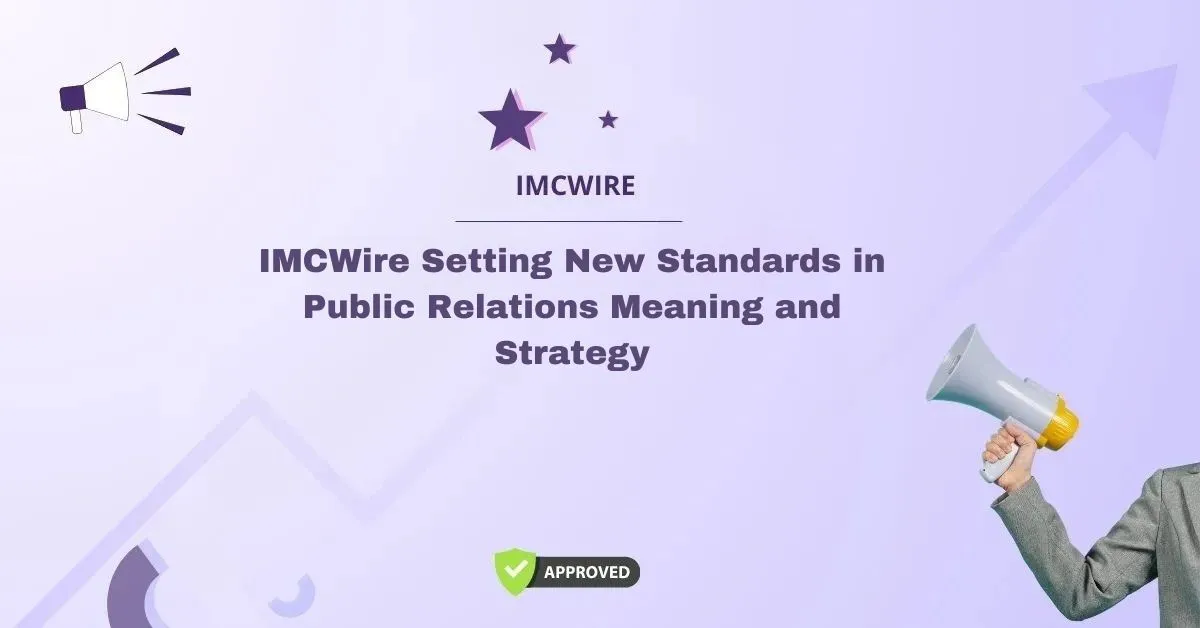In today’s interconnected world, the term “media outlet” is used frequently, but its meaning can sometimes be vague or misunderstood. In essence, a media outlet refers to any platform or organization that disseminates information to the public. Whether through traditional channels such as television and print, or newer platforms like digital news websites, social media, and podcasts, media outlets serve as intermediaries between information sources and the audience. But how do media outlets function, and why are they so integral to communication in the modern age? This blog post will explore what a media outlet is, the types of media outlets, and their crucial role in society, with a focus on their impact on public opinion, news coverage, and digital communication.
Table of Contents
Defining Media Outlets
A media outlet, at its core, is a distribution mechanism for news, entertainment, or any form of communication intended for a wide audience. It includes television networks, newspapers, online news portals, radio stations, and even social media channels. Media outlets can be either private entities like CNN or BBC, or public organizations that operate with the goal of serving the public interest, such as public radio stations.
Understanding media outlets also involves distinguishing between different types of media. These outlets are categorized into the following:
- Print Media: These include newspapers, magazines, brochures, and pamphlets. Print media outlets have been around for centuries, and despite the rise of digital media, they continue to serve as an important means of communication. They offer in-depth analysis, breaking news, and specialized content, making them a key player in shaping public opinion.
- Broadcast Media: Broadcast media outlets refer to television and radio stations that deliver content to a wide audience. These include major news stations like CNN, Fox News, and BBC, as well as radio stations that provide music, talk shows, and news.
- Digital Media: With the internet revolutionizing how we consume information, digital media outlets such as online newspapers, blogs, social media platforms (like Facebook, Twitter, and Instagram), and podcasts have become increasingly popular. These platforms offer real-time updates and allow for immediate interaction with audiences.
- Social Media Platforms: The explosion of social media has added another layer to the concept of media outlets. Platforms like Facebook, Instagram, Twitter, and YouTube allow individuals, companies, and even governments to share news, stories, and opinions directly with global audiences. The role of social media as a media outlet cannot be overstated, as it has revolutionized how people get their news and engage with content.
How Media Outlets Impact Society
Media outlets have a profound influence on society, often shaping public opinion, government policies, and even personal choices. Here’s a closer look at their impact:
- Shaping Public Opinion: Media outlets act as gatekeepers for information. They select which stories to cover, how to present them, and what angle to emphasize. This selective coverage significantly influences public perception of events. For example, the framing of a political story can either bolster or diminish a candidate’s public image.
- News Coverage and Accuracy: The role of media outlets in providing accurate and timely news is indispensable. With the rise of digital media, the speed at which news spreads has increased exponentially. However, this also brings the challenge of fake news, misinformation, and biased reporting. Credible media outlets are tasked with ensuring the accuracy of their content and maintaining editorial standards that inform the public responsibly.
- Promoting Diversity of Ideas: Media outlets also play a critical role in fostering diversity in the ideas and discussions that shape society. By offering a variety of perspectives on important issues, they contribute to the democratic process, enabling citizens to make informed decisions. Diverse media outlets contribute to a robust debate on politics, culture, and social issues.
- Entertainment and Culture: Beyond the news, media outlets are key players in shaping entertainment and popular culture. They provide platforms for music, films, television shows, and digital content that reach millions of people. The entertainment industry, heavily reliant on media outlets for promotion and distribution, has become a dominant force in global culture.
The Role of Media Outlets in Marketing and Advertising
For businesses, understanding media outlets and their role in marketing is essential. Media outlets serve as powerful channels for reaching consumers. Companies rely on television ads, online banner ads, and social media platforms to connect with potential customers. This has led to the growth of digital advertising and content marketing, where media outlets help businesses build their brands and drive sales.
In the modern landscape, many media outlets have expanded their role from content distributors to content creators, using their platforms to promote products and services directly. Influencers, for example, use platforms like Instagram and YouTube to create sponsored content that resonates with their followers. In this way, media outlets act as intermediaries not just for news and information, but also for business and commerce.
Media Outlets and the Digital Revolution
The digital age has transformed the media landscape dramatically. Traditional media outlets have had to adapt by integrating digital strategies, such as creating online versions of their publications or launching mobile apps. Many print and broadcast media outlets now offer digital subscriptions and streaming services to cater to their audiences’ preferences.
However, the rise of digital media has also democratized content creation. Anyone with access to the internet can now be a content creator, whether through blogging, podcasting, or sharing on social media. While this shift has expanded the range of voices in the media ecosystem, it has also led to challenges, including misinformation, echo chambers, and a lack of quality control.
Despite these challenges, digital media outlets remain indispensable. They provide immediate, diverse, and interactive content that enables people to engage with news and entertainment in real time. The increasing importance of data analytics also allows digital media outlets to personalize content and advertisements, further enhancing the user experience.
Challenges Faced by Media Outlets
Media outlets face several challenges in today’s world, especially as digital media continues to evolve. One significant issue is the rise of fake news and misinformation. With the ease of sharing content online, unverified or biased stories can spread rapidly, leading to confusion and mistrust among the public.
Furthermore, media outlets are grappling with the issue of media ownership. A handful of corporations own large portions of the media, leading to concerns about monopolies and bias in reporting. This concentration of power can undermine the diversity of viewpoints and the free flow of information that is essential for a functioning democracy.
Another challenge for media outlets is the economic impact of digital disruption. As more people turn to online platforms for news, traditional revenue streams such as print subscriptions and TV ads are declining. To stay profitable, many media outlets are shifting to online models, relying on digital ads and subscription-based content.
The Future of Media Outlets
The future of media outlets is shaped by rapid technological advancements and changing consumer behavior. Artificial intelligence, virtual reality, and augmented reality are poised to transform how content is consumed, providing new opportunities for media outlets to engage their audiences.
The shift towards digital platforms will likely continue, with more media outlets focusing on creating high-quality digital content and exploring new revenue models. Subscription-based models, paywalls, and exclusive content are becoming more common as media outlets seek to diversify their income sources. Furthermore, user-generated content and citizen journalism will continue to shape the media landscape, giving voice to a broader spectrum of society.
Conclusion
Understanding what a media outlet is and its role in the modern world is essential for navigating the complex media landscape. Media outlets serve as the conduits through which information flows from sources to audiences, shaping opinions, informing decisions, and influencing culture. While traditional forms of media still hold sway, the rise of digital media has revolutionized how we consume information, making media outlets more interactive, diverse, and immediate than ever before. As media outlets continue to evolve, they will undoubtedly play a crucial role in shaping our digital future.










































